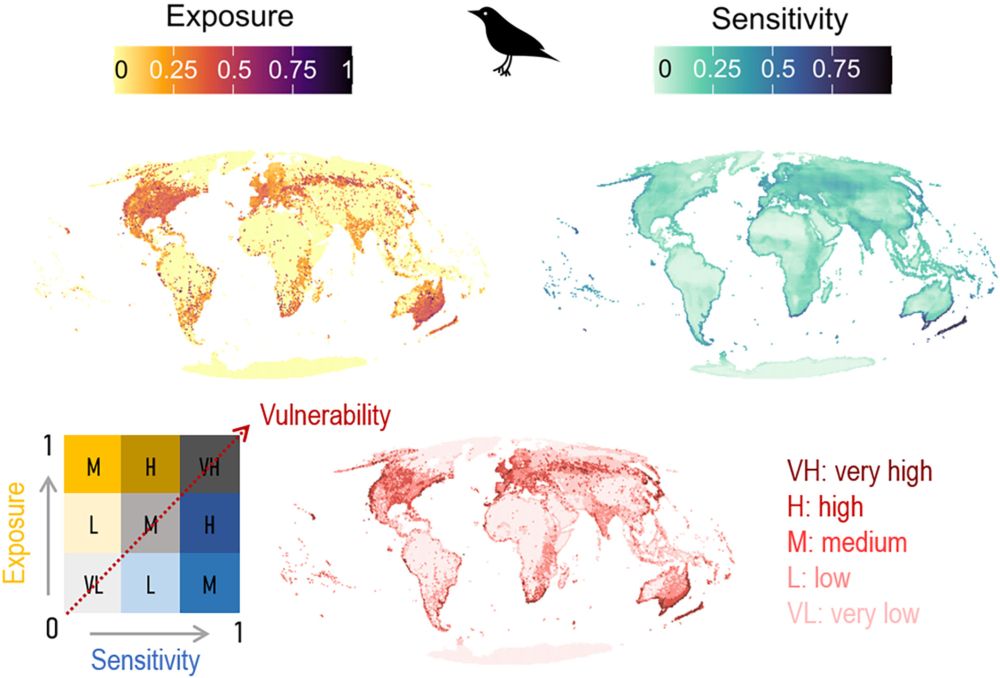
She/her | Macroecologist interested in biodiversity patterns and global threats on terrestrial biota
Post-doctoral researcher at #FRB-CESAB in Montpellier, working on island vulnerability to global change -- 🚲🏵️🏳️🌈
Centre National de la Recherche Scientifique; AgroParisTech; Université Paris-Saclay; Écologie, Systématique et Évolution; Fondation Pour la Recherche Sur la Biodiversité • Wildlife Ecology and Conservation, Species Distribution and Climate Change, Animal Ecology and Behavior Studies
➡️Check the #vulnerability assessment framework tailored for insular #biodiversity under multiple global threats 🦜🐚🌴🐛
ecology.peercommunityin.org/articles/rec...
Reposted by Christine N. Meynard, Clara Marino



Reposted by Clara Marino


➡️ Rendez-vous sur standupforscience.fr pour plus d'infos sur le mouvement
#FRBiodiv #Cesab
Reposted by Céline Bellard, Koenraad Van Meerbeek, Clara Marino

Check out the last publication of @claramarino.bsky.social & @celinebellard.bsky.social from the #CESAB RIVAGE group :
👉 onlinelibrary.wiley.com/doi/10.1111/...
🧪🌐🌍🦤
Reposted by Clara Marino


